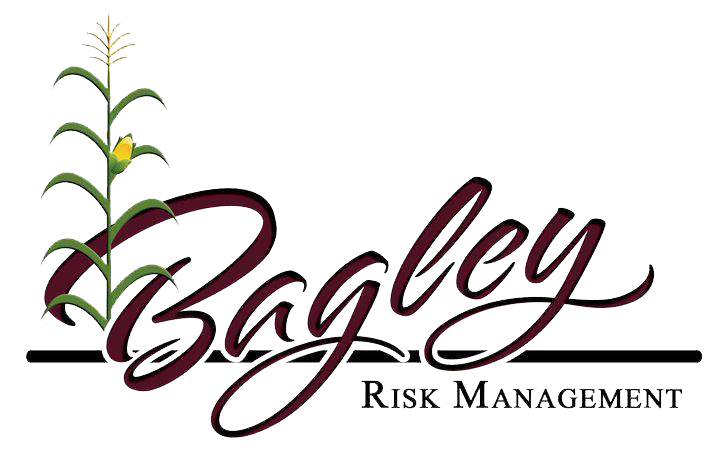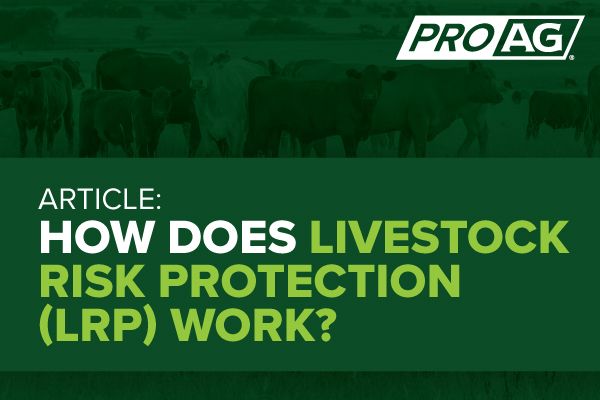Expert Guidance on Danger Assessment and LRP Insurance Coverage Solutions

The Value of Danger Evaluation
Efficient risk evaluation is basic in the decision-making procedure of any organization, guiding calculated planning and source allotment. By systematically identifying, evaluating, and focusing on possible threats, organizations can prepare for difficulties, take advantage of possibilities, and make informed options to achieve their goals. Threat analysis allows organizations to proactively attend to susceptabilities, reduce risks, and maximize their danger monitoring methods.
One of the essential advantages of danger evaluation is its role in boosting functional effectiveness. By recognizing the potential threats that could impact numerous aspects of business, companies can streamline processes, allot resources extra successfully, and lower the probability of expensive interruptions. In addition, risk assessment enables companies to abide by regulative demands, guard their online reputation, and build depend on with stakeholders.
Recognizing Prospective Losses
To understand the influence of threat evaluation, it is imperative to comprehend the prospective losses that might dramatically impact an organization's procedures and economic stability. Prospective losses can arise from different resources, including all-natural calamities, financial declines, functional failings, regulative modifications, and cybersecurity breaches. These losses can result in direct expenses such as property damages, legal expenditures, and penalties, along with indirect prices like reputational damage and loss of market share.
Comprehending potential losses includes performing a detailed analysis of the dangers that can appear and estimating the economic impact they might carry the organization. By quantifying these potential losses, organizations can focus on danger mitigation initiatives and designate resources efficiently. In addition, a thorough understanding of possible losses enables companies to make enlightened choices when selecting risk administration techniques, such as purchasing insurance policy coverage or executing danger control steps. Bagley Risk Management.
In significance, by acknowledging and understanding possible losses, companies can proactively manage risks and secure their long-term sustainability and success.
Role of LRP Insurance Policy Solutions
The combination of LRP insurance services within an organization's risk monitoring framework boosts resilience and strengthens monetary stability versus unforeseen hardships. LRP, or Loss Recuperation Product, insurance coverage solutions play an important function in mitigating the effect of possible losses by providing monetary security and support in times of crisis. These insurance coverage options are tailored to satisfy the certain needs of organizations, using protection for numerous threats such as building damages, business disturbance, liability cases, and extra.
By moving the monetary risk to an insurance service provider, businesses can focus on their core procedures with better peace of mind, recognizing that they are shielded versus substantial monetary losses. In addition, LRP insurance remedies can enhance an organization's risk management approach by supplementing existing danger reduction procedures and guaranteeing extensive protection throughout all locations of potential susceptability.
Identifying Trick Dangers
In the procedure of risk evaluation, a critical action entails recognizing key risks that have the potential to influence a company's operations and monetary security. Identifying vital risks needs an extensive assessment of exterior and interior aspects that can posture dangers to the company's goals. Inner threats may include functional inefficiencies, compliance problems, or human resource challenges, while exterior risks might incorporate economic downturns, regulative adjustments, or natural calamities.

Moreover, essential risks ought to be consistently reviewed and upgraded to line up with the dynamic business atmosphere. This aggressive approach enables organizations to stay ahead of prospective hazards and secure their lasting success.
Picking the Right Coverage
Having determined the vital threats that might influence a company's operations and monetary stability, the next essential step involves very carefully choosing the appropriate insurance coverage to properly take care of and mitigate these threats. When it comes to selecting the appropriate insurance coverage, companies need to consider their certain danger exposure, monetary capacities, and calculated purposes. It is necessary to carry out a detailed assessment of the readily available insurance policy options to guarantee that the chosen protection lines up with the company's risk management objectives.

Organizations must work carefully with skilled insurance coverage professionals to examine their risk accounts and determine one of the most appropriate insurance policy items to address their requirements. Customizing insurance protection to certain dangers can Full Report assist enhance security while decreasing unneeded prices. Additionally, organizations must review policy conditions thoroughly to recognize the extent of protection provided and any type of prospective exemptions that might affect their danger reduction approaches.
Final Thought
To conclude, threat analysis is critical in identifying possible losses and selecting the right LRP insurance policy options. By understanding crucial dangers, organizations can mitigate monetary impacts and safeguard their properties. It is important to carefully examine and assess threats anonymous to make sure proper protection remains in area. Specialist advice can help navigate the complexities of risk assessment and insurance coverage remedies, supplying businesses with the needed devices to successfully handle and reduce threats.
Professional support plays a critical duty in this process, providing useful understandings right into identifying and evaluating threats, as well as purposefully selecting ideal insurance coverage customized to alleviate those dangers effectively. A detailed understanding of prospective losses makes it possible for companies to make enlightened decisions when choosing risk management techniques, such as purchasing insurance policy protection or executing risk control procedures.
